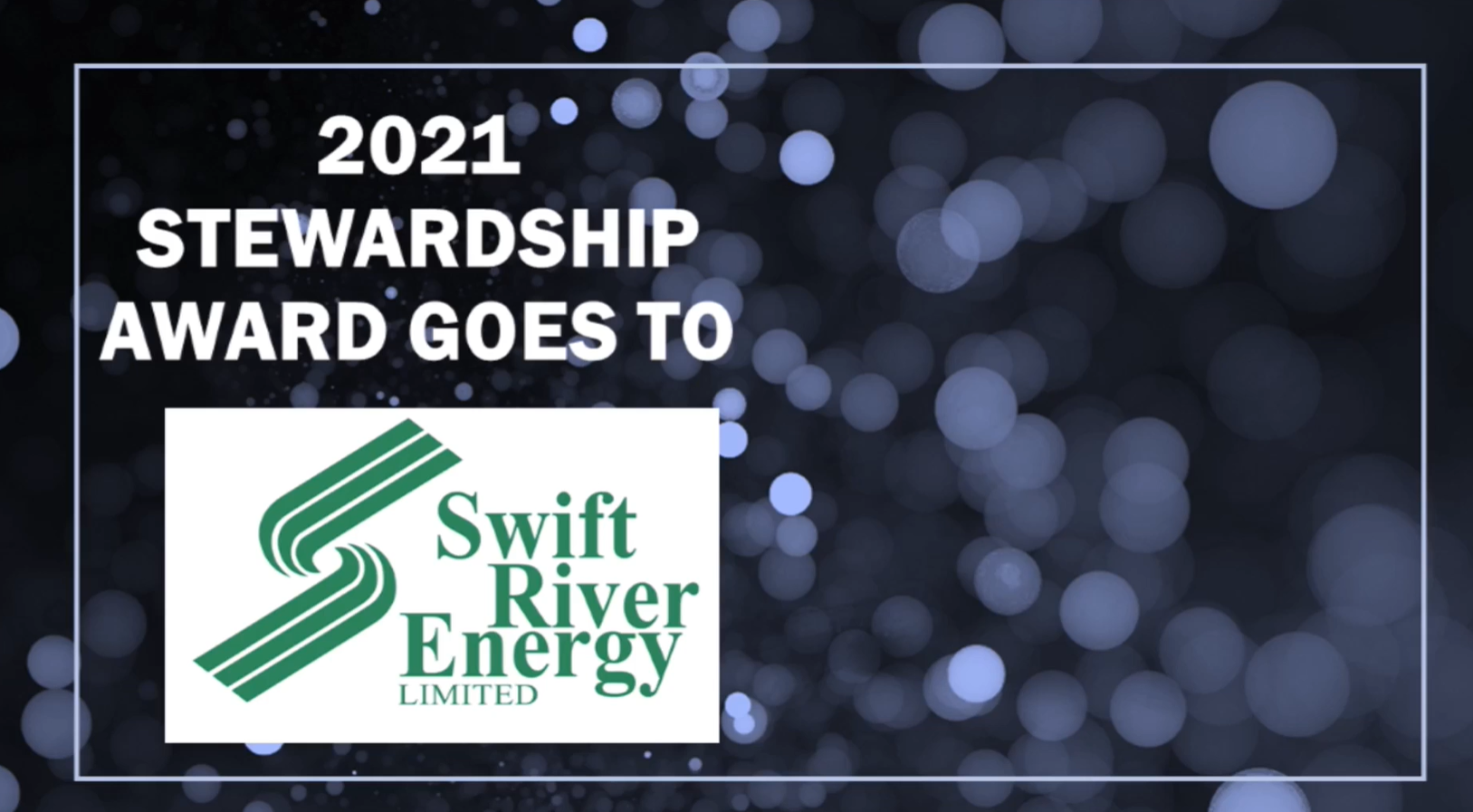Our Safety Plan
Read the Bala GS Public Measures Safety Plan. This Plan follows the Canadian Dam Association technical bulletins for dam safety and public safety and has been created with the priority of the community's safety in mind. The plan was developed with input from the Ministry of Natural Resources and Forestry, Ministry of Transportation, Ministry of the Environment, KGS Engineering (water power specialists), and WSP (Canada's largest engineering firm and hydro specialists with over 48,000 employees and hundreds of hydro and renewable projects).
Public Safety Around Dams and Hydro Stations
Canada has over 15,000 dams owned and operated by federal and provincial governments, electric utilities, industrial and mining companies, irrigation districts, municipalities and private individuals. A majority of dams in Canada were built as part of hydro projects. Canada is one of the world's biggest producers of hydro power, generating 350 Twh/year. There are more than 200 small hydro plants (less than 10MW). Our country's expertise in hydro power and dams is second to none. In Bala, the North and South Dam is owned by the Ministry of Natural Resources and Forestry. While ownership remains with the MNRF, SREL is responsible for operating and maintaining the dams.
Why follow the rules around dams and hydro stations? Because it saves lives!
Water levels around hydro stations and dams can change quickly and with little or no warning. Small dams and low head dams may pose greater danger to the public because potential hazards are not as obvious and can take people by surprise. The fast moving water creates dangerous turbulence and strong undercurrents. That's why it's important to stay vigilant, be aware of potential dangers. Help raise awareness in your community.
10 ways to stay safe near dams and hydro stations
Obey all warning signs, fences, buoys, booms and barriers. They are put there to protect you. The areas inside are dangerous, stay clear of them.
Stay a safe distance outside of warning signs, buoys, booms and barriers when fishing, boating or swimming.
Stay well back from the edge of waters above and below hydroelectric dams and stations
Never stand below a dam, or anchor or tie your boat there. Rapidly changing water levels and flows can take you by surprise and could swamp your boat or put you in the grip of an undertow.
Stay off hydroelectric dams or station structures, unless there are clearly indicated walkways, or observation points.
Stay well back of dry riverbeds below dams. They can quickly change into rapidly flowing waterways.
Stay well back from the edge of a waterway where footing may be slippery.
Don’t wade into moving water.
When swimming, fishing, boating or paddling in a river, be aware of the water level and check upstream frequently for any sign of increasing currents or rising water levels. If the water level is rising or the flow is speeding up, get out of the water or move your boat downstream. Even when the hydroelectric dam or station is out of sight, changing water levels and flows can take you by surprise, pulling you into an undertow, leaving you stranded away from shore or swamping your boat.
Set an example for children, who may not be aware of the dangers, even if they can read. State explicitly where they can and cannot go and make sure you are close to them and can see them at all times.
Source: Canadian Safe Boating Course
More resources
Ontario Water Power Association Public Safety Around Dams
Muskoka Water Web - to check water levels along the Muskoka River, data maintained by Ministry of Natural Resources and Forestry and Environment Canada
OPG Archives - to check water levels at Bala Reach and Ragid Rapids











